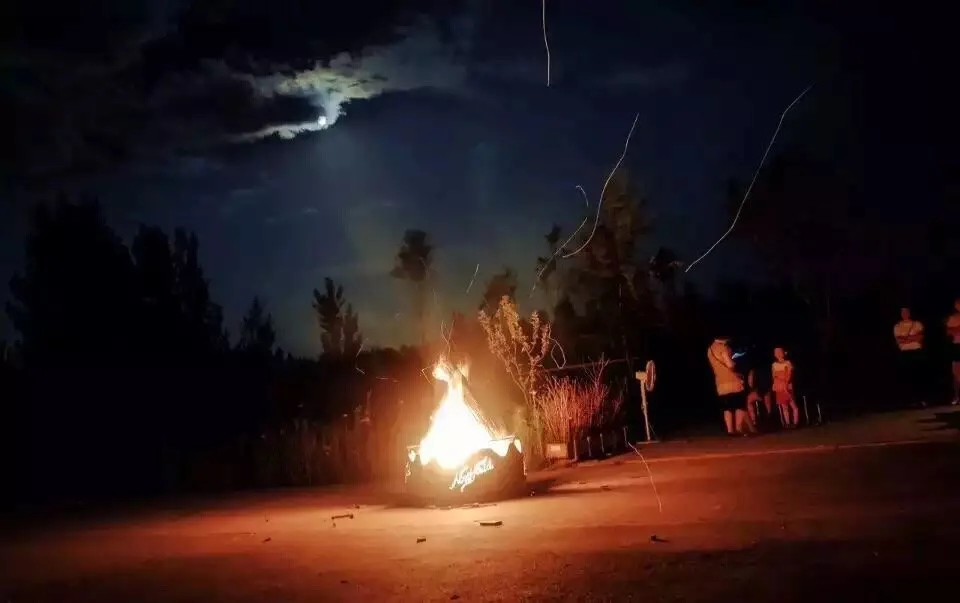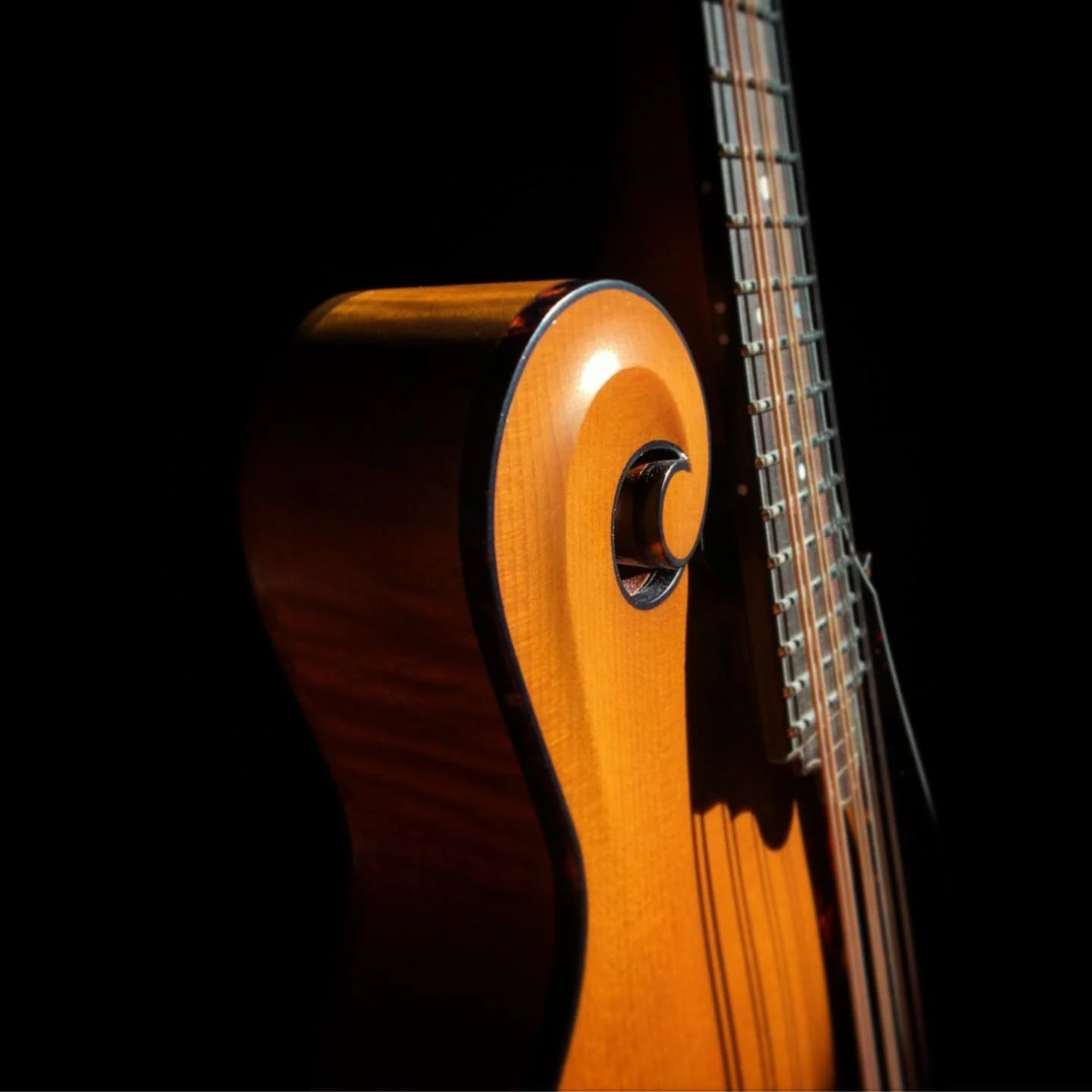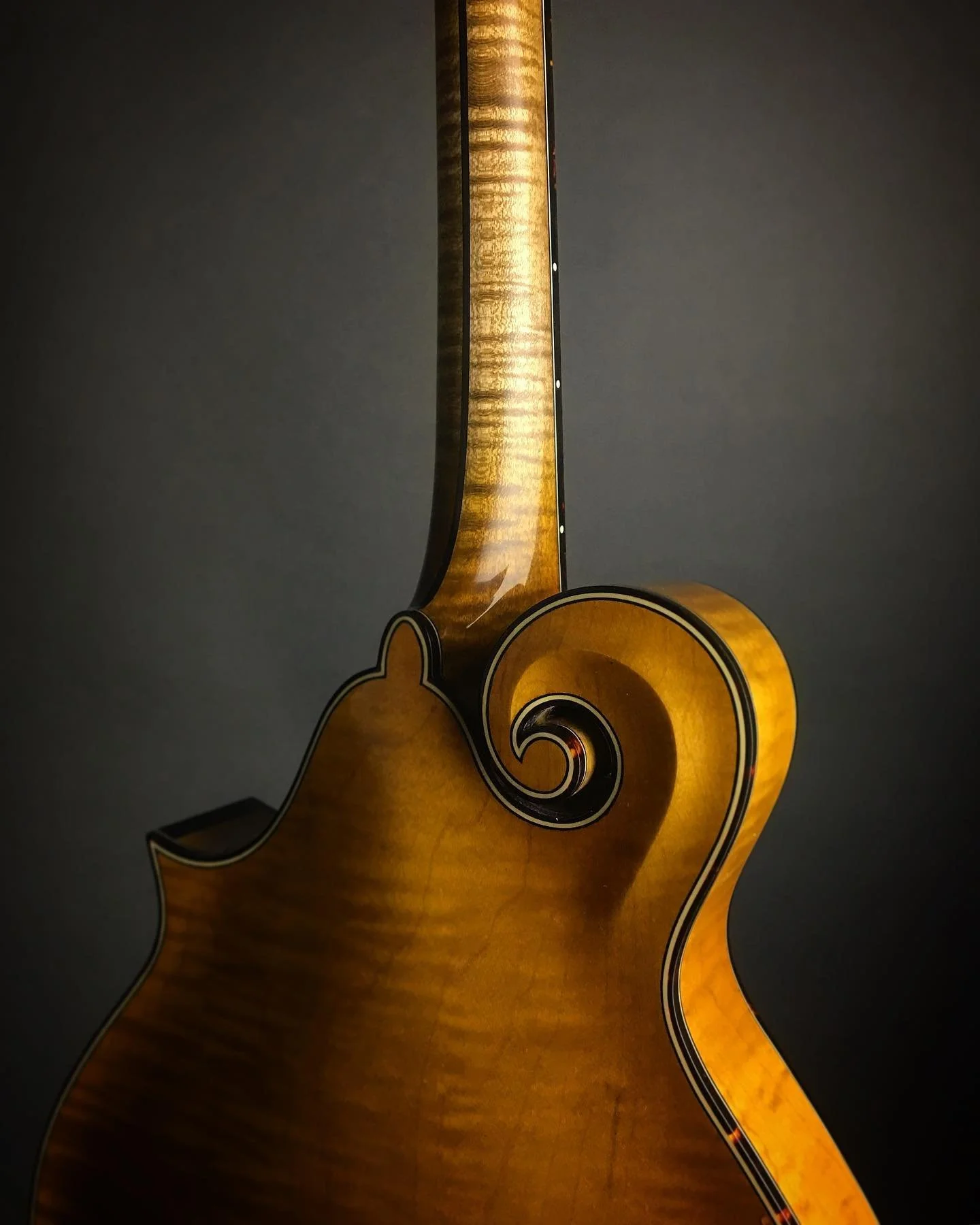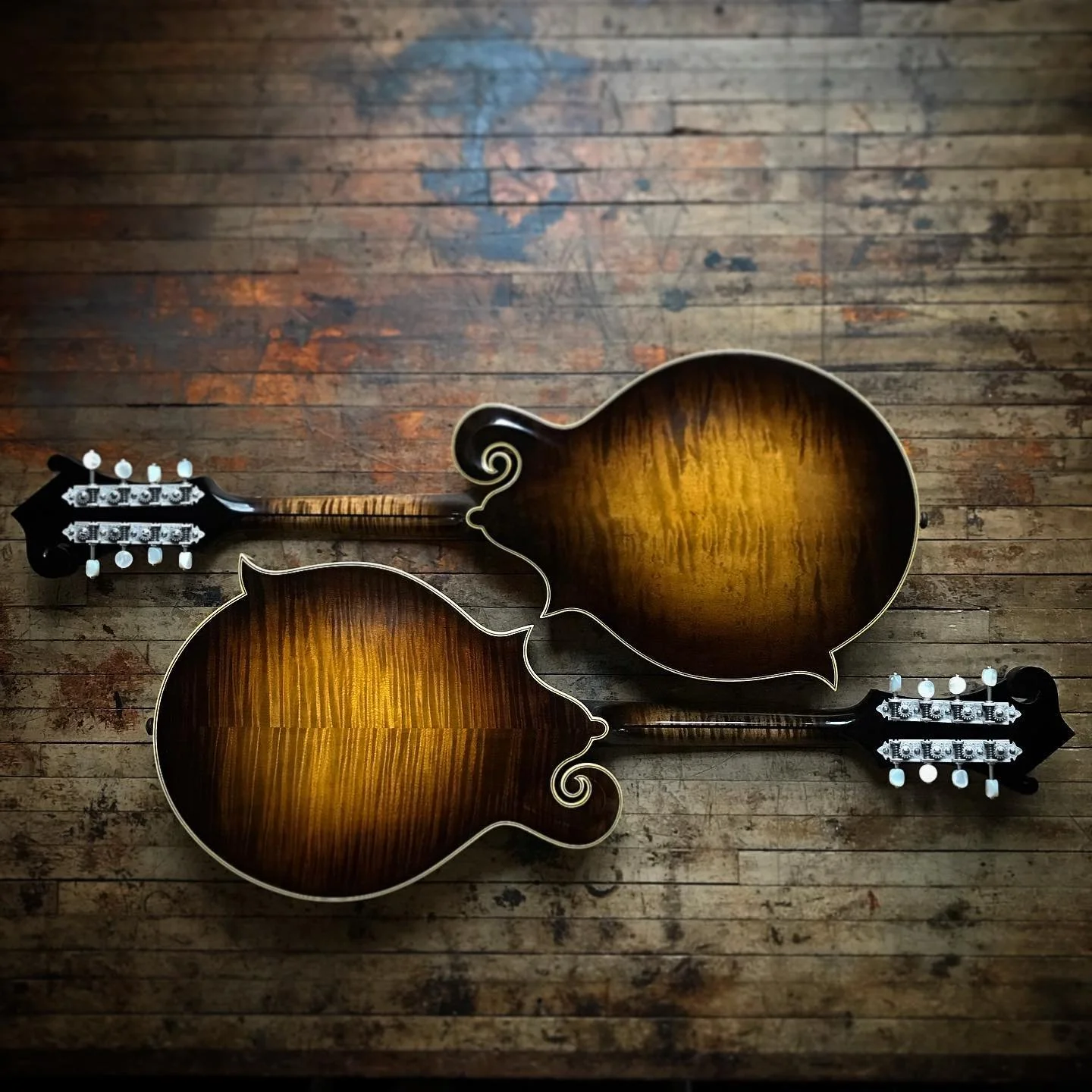Amidst the Roar of the 1920’s
When jazz bands and bootleggers were inspiring a cultural shift in music and more… a quintessential instrument was born in Kalamazoo, Michigan.
Lloyd Loar and his team had developed the F-5 Master Model at the very peak of the mandolin orchestra. However, the sudden birth of the most innovative mandolin ever developed, coincided with the virtual extinction of the musicians it was designed to serve.
In 1945, through fate or circumstance, Bill Monroe picked up the ghost of Loar. And with it, he and some Blue Grass Boys, chopped down the “Blue Moon of Kentucky.” Monroe found the tiny but mighty axe that had almost been lost to history.
The F-5 roared ahead and inspired the birth of Bluegrass. But it took another generation of rhythmic chopping and the answered prayer of “O’ Brother, Where Art Thou?” to inspire the true mandolin renaissance.
—Since that time, the popularity and demand for the instrument have grown tremendously—
We've now seen the dawning of modern bluegrass-inspired stars, primetime shows, soundtracks, even ringtones—all prominently featuring the mandolin. What couldn’t keep up with the axe, however, became the axe makers themselves.
Also by fate or circumstance, our small Northfield company, rooted itself just miles from the birthplace of the F-5. The marking of milestones, the building on tradition, and the making of the next generation of master model mandolins— are simultaneously a nod to the past and a vow to the future.
Our roots, the very instrument we know so well, turns 100 years old this year—but it is always time to plant a new tree, so they too might have an afterlife.
The first time the guitar took over instrument production in the 1920’s the mandolin almost died... It’s not the first time history could repeat itself, and it won’t be the last… but it is our time at Northfield, to pick up the ghost and start chopping.
We are axe makers, and we are
—Roaring Ahead—
About the Art
Just like our mandolins, the artwork in this header image was inspired by the works of several that have contributed long before us. Most notably, our drawing adapts a portion of an avant-garde shaped instrument in a painting by M. Sobalvarro, a still-life of a fruit dish and a mandolin. We’ve taken some liberties in changing it by adding our octave mandolin shape to the second half and adding and highlighting the angular shapes and points that make the F5 while wrapping it inside a typical deco-style border of the time period. We think it gives a nod to the past while begging the question “what’s next?”. Thanks to Ben Reed for all the rounds of revisions and for the fun it was to create it.
About the Story
Thanks to Gregg Strand for all the help in crafting something we just wanted to say. To celebrate. To honor. To push forward. We remain dedicated to the mandolin, and to all of you out there that have supported us.











